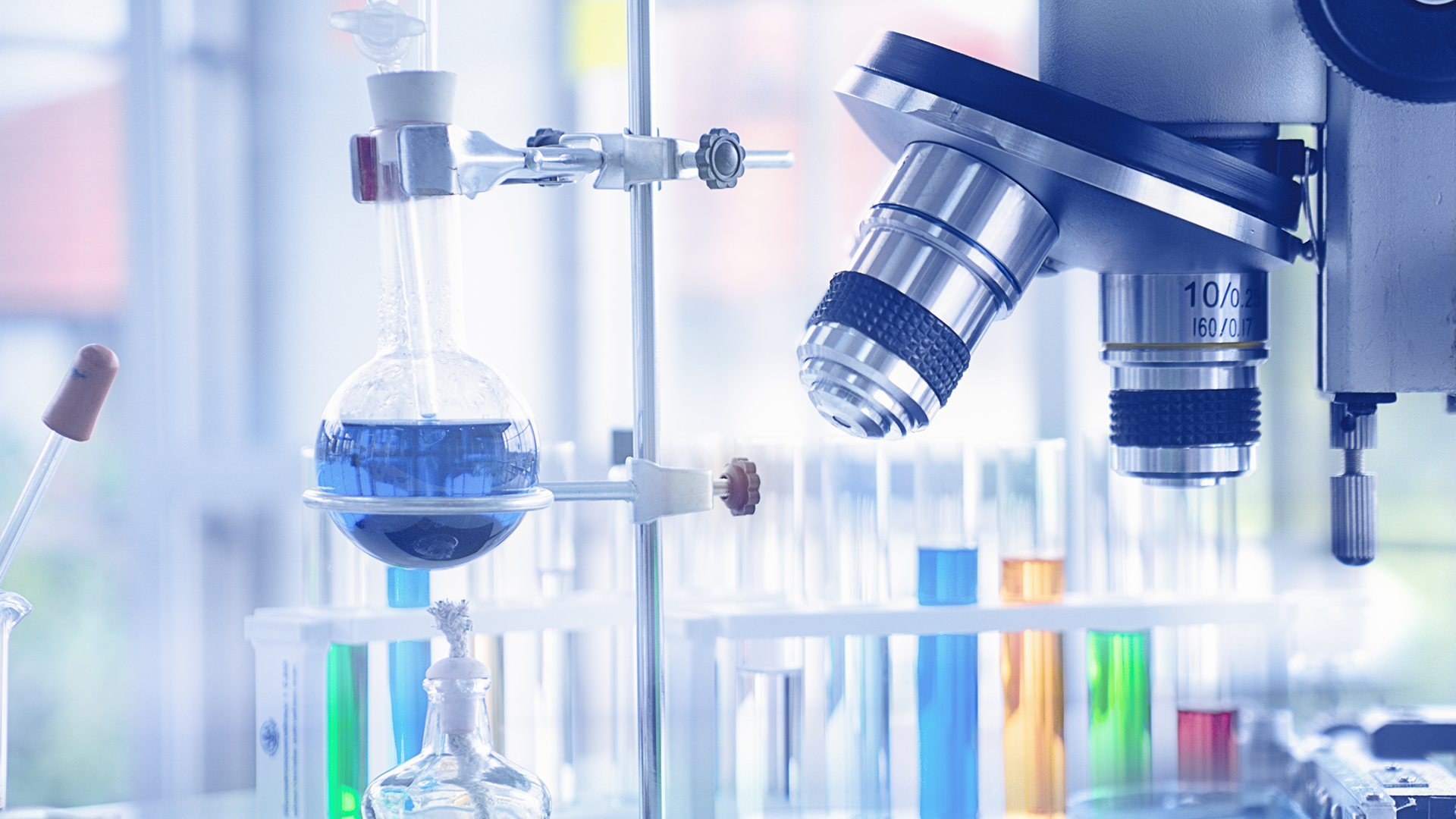Competition in the pharmaceutical sector is fierce, making the protection of innovation essential due to high research and development costs. There is a particular need for increased protection in the area of rare diseases, as the economic risks are particularly high here. Regulation (EC) No. 141/2000 ("Orphan Drug Regulation") therefore grants market exclusivity for drugs for the treatment of rare diseases ("orphan drugs"), the scope and legal effect of which are currently being determined by the European Court of Justice.
Protection of innovation and investment
For pharmaceutical companies, defending their market position and protecting their products is of existential importance, especially in view of the enormous costs of research and development that must be recouped. Legislators have taken into account the pharmaceutical sector's special need for innovation protection and have established specific regulations in patent law and document protection.
Innovation protection is especially important in the field of rare diseases. Companies developing treatments for so-called "orphan diseases" face heightened vulnerability due to the disproportionately high costs of research and development relative to the small patient populations. Each prescription of an orphan drug therefore represents substantial economic value, meaning that even a single legal infringement can cause significant financial harm.
The Orphan Drug Regulation, which specifically applies to this sector, grants research-based pharmaceutical companies a form of "market exclusivity". The scope and legal effect of this exclusivity are currently the subject of intense legal disputes (LG Munich I, 25 October 2024 – 21 O 10225/23 (Eculizumab II)). Ultimately, it will be up to the European Court of Justice to determine the precise nature and extent of the rights conferred by market exclusivity.
Overview of existing protection mechanisms
Patent law – the Supplementary Protection Certificate
Patent law serves to reward research and inventive activity and inventions protected under it regularly represent the most economically valuable assets of pharmaceutical companies. The exclusive rights conferred by a patent ensure the recovery of research and development costs through the time-limited exclusive marketing of the relevant drug.
A particular feature of the pharmaceutical sector is that the filing of a patent application - and thus the start of the 20-year protection period – typically occurs long before the drug receives market authorization. The exclusivity granted by patent law would thus be reduced to a term that would not sufficiently recoup research and development costs. To address this imbalance, the Supplementary Protection Certificate (SPC) was introduced. The SPC allows for an extension of patent protection for an approved drug by up to five years beyond the original patent term. This enables the patent holder to continue asserting exclusive rights to the product even after the underlying patent has expired.
Use patent
In addition to the SPC, patent law offers further patenting options tailored to the pharmaceutical sector. While the patentability of a known substance is generally excluded due to a lack of novelty, an exception applies when a previously unknown therapeutic use of that substance is discovered—this is referred to as a (first medical) use patent. This form of patent protection is designed to incentivize research into the therapeutic potential of known (and therefore no longer patentable) compounds.
Patents granted under this exception are limited in scope: they protect only the use of the substance for the newly identified therapeutic indication. Accordingly, the exclusive rights conferred do not extend to the substance itself, but solely to its application in treating the specific condition covered by the patent.
Further IP protection rights
Beyond patents, which remain the central and most significant form of exclusive protection for drugs, other industrial property rights such as utility models, trademarks and designs also play a role in the pharmaceutical sector. Additionally, trade secrets (often referred to as know-how), copyright, and supplementary protection under unfair competition law provide further legal instruments for safeguarding innovation and commercial interests.
These additional rights can, for example, be used to combat counterfeit drugs. However, unlike patent law, they do not contain pharmaceutical-specific provisions. Their application in the pharmaceutical context follows general principles of intellectual property and competition law.
Document protection
Document protection comprises data and marketing exclusivity, as well as additional market protection if a further indication of the drug in question is approved and demonstrates significant clinical benefit. This legal framework is designed to reward the substantial investment made by research-based pharmaceutical companies in conducting clinical trials. In contrast, generic manufacturers typically do not conduct such trials themselves but refer to the data generated by the originator company during the authorization process.
Data exclusivity grants the holder of the original market authorization the right to prevent generic applicants from referencing the clinical and preclinical data of the reference pharmaceutical for a period of eight years from the date of authorization. If the generic drug company does not conduct its own clinical studies and is not allowed to use the clinical and preclinical data of the marketing authorization holder, it cannot submit data for the marketing authorization application and therefore cannot apply for marketing authorization. For this reason, data exclusivity is also referred to as exploitation protection.
In addition to data exclusivity, the reference drug is also protected from market entry by generics for a period of ten years from the date of its marketing authorization. During this time, the marketing authorization holder may prohibit the commercialization of generic products that rely on the originator’s data for their own approval. This marketing protection constitutes a second barrier to generic entry: even after the expiry of data exclusivity and the public availability of clinical data, generics cannot yet be placed on the market.
Document protection may be extended by an additional one year if, within the initial eight-year data exclusivity period, the reference product is authorized for a new therapeutic indication that demonstrates a significant clinical benefit compared to existing treatments.
Taken together, these layered protections—eight years of data exclusivity, two years of marketing protection, and a potential one-year extension—form the so-called 8+2+1 rule, which defines the maximum duration of exclusivity granted under document protection provisions.
Market exclusivity as special protection for orphan drugs
A dedicated regulatory framework for drugs used in the treatment of rare diseases is set out in the Orphan Drug Regulation, most recently amended by Regulation (EU) 2019/1243. Among its key provisions is the market exclusivity granted under Article 8(1), which provides an additional layer of protection specifically tailored to orphan drugs. This exclusivity complements the general protective mechanisms available under patent law and document protection, offering a pharmaceutical-specific legal safeguard.
Market exclusivity with administrative effect
Once a drug has been authorized for the treatment of a rare disease, it benefits from ten years of market exclusivity starting from the date of authorization, pursuant to Art. 8(1) of the Orphan Drug Regulation. According to the wording of the provision, once the drug in question has been authorized,
"[...] the Community and the Member States shall not accept any other application for marketing authorisation for a similar drug for the same therapeutic use, nor grant any such authorisation, nor grant any extension to an existing authorisation for the next ten years."
Market exclusivity obliges the regulatory authorities to reject marketing authorization applications from third parties if the subject of the application is a drug similar to one already authorized for the same indication. A drug is generally considered to be "similar" if it contains the same active substance as the already authorized product. An additional requirement is that the authorization must concern the same indication. If a company seeks authorization for a drug containing the same active ingredient but intended for a different area of application, market exclusivity does not apply and does not preclude authorization for that new indication.
According to prevailing interpretation, the above provision is directed exclusively at European and national regulatory authorities. In the event of judicial enforcement of market exclusivity against the regulatory authorities by the marketing authorization holder, either the European Court or the national administrative courts would therefore have jurisdiction. The subject matter of the proceedings would be the (administrative) challenge to the marketing authorization of the new drug.
Orphan drugs: Entitlement to market exclusivity also vis-à-vis third parties?
In the course of a dispute before the Regional Court Munich (docket nr. 21 O 100225/23), a new trend emerged: exclusivity was interpreted as being a subjective civil right a "market exclusivity right"—enforceable by the marketing authorisation holder
Background
In civil preliminary injunction proceedings, the Regional Court Munich I classified the market exclusivity right as an absolute right under Sec. 823(1) of the German Civil Code (BGB) and issued a civil injunction based on market exclusivity under the Orphan Drug Regulation. This decision was later overturned by the Higher Regional Court Munich (OLG Munich, 01.02.2024 – 6 U 3303/23e, Eculizumab), which held that market exclusivity does not constitute an absolute right, but merely an administrative restriction on marketing authorization.
In the pending main proceedings, the Regional Court has now referred the question of the civil law classification of market exclusivity to the European Court of Justice.
Legal peculiarities
The proceedings addressed a legal issue also encountered in the field of use patents: the protection of an active ingredient originally authorized for multiple indications may expire for individual uses. Once exclusivity lapses for a specific indication, other pharmaceutical companies can apply for marketing authorization for that now-accessible use. Market exclusivity of the Orphan Drug Regulation for the remaining indications cannot be used to oppose these marketing authorization applications.
These newly authorized products, limited to the released indications, are often marketed at significantly lower prices than the original. Since the newly approved drugs contain the same active ingredient as the original drug, they are also suitable for the treatment of indications for which approval cannot yet be sought due to existing market exclusivity. Due to the identical active ingredient, there is therefore a high risk that the cheap drugs with limited approval will also be dispensed for the treatment of indications that are still protected (so-called cross- or off-label use).
The legal proceedings of the case at hand were triggered by circulars issued by the defendant during the product launch of its drugs. These communications suggested that the product was suitable for use in indications still covered by the plaintiff’s market exclusivity. The defendant’s drug, listed in the Lauer-Taxe—Germany’s central pharmaceutical database—was priced approximately 5% lower than the plaintiff’s product, making it a more affordable alternative.
Market exclusivity: Also a civil law claim?
In its referral to the European Court of Justice, the Regional Court Munich I, presented a detailed overview of the differing views on the legal nature of market exclusivity.
Despite acknowledging opposing positions, the Court suggests that—considering the overall purpose of the Orphan Drug Regulation—beyond market exclusivity, Article 8 may confer a civil law entitlement enforceable against third-party interference.
The Court particularly highlights the investment incentive outlined in Recital 8 of the Regulation. To safeguard such investment from circumvention, it argues that market exclusivity should be enforceable not only against regulatory authorities, but also against third parties, in line with the principle of effective legal protection (effet utile) and the right to an effective remedy (Art. 47 of the Charter of Fundamental Rights of the European Union).
Conclusion
The pharmaceutical sector operates under a complex protection system tailored to its specific needs. However, the case before the Regional Court Munich I reveals gaps in this framework—particularly concerning cross-label and off-label use—where existing legal protections may fall short in safeguarding the interests of research-driven companies. The European Court of Justice is now tasked with clarifying the legal nature of market exclusivity: Is it merely an administrative tool binding regulatory authorities, or does it also grant the holder a civil law right enforceable against other market participants? The question is both legally intricate and economically significant. A ruling in favour of civil law enforceability would strengthen investment incentives in the development of treatments for rare diseases and ultimately benefit patients.



